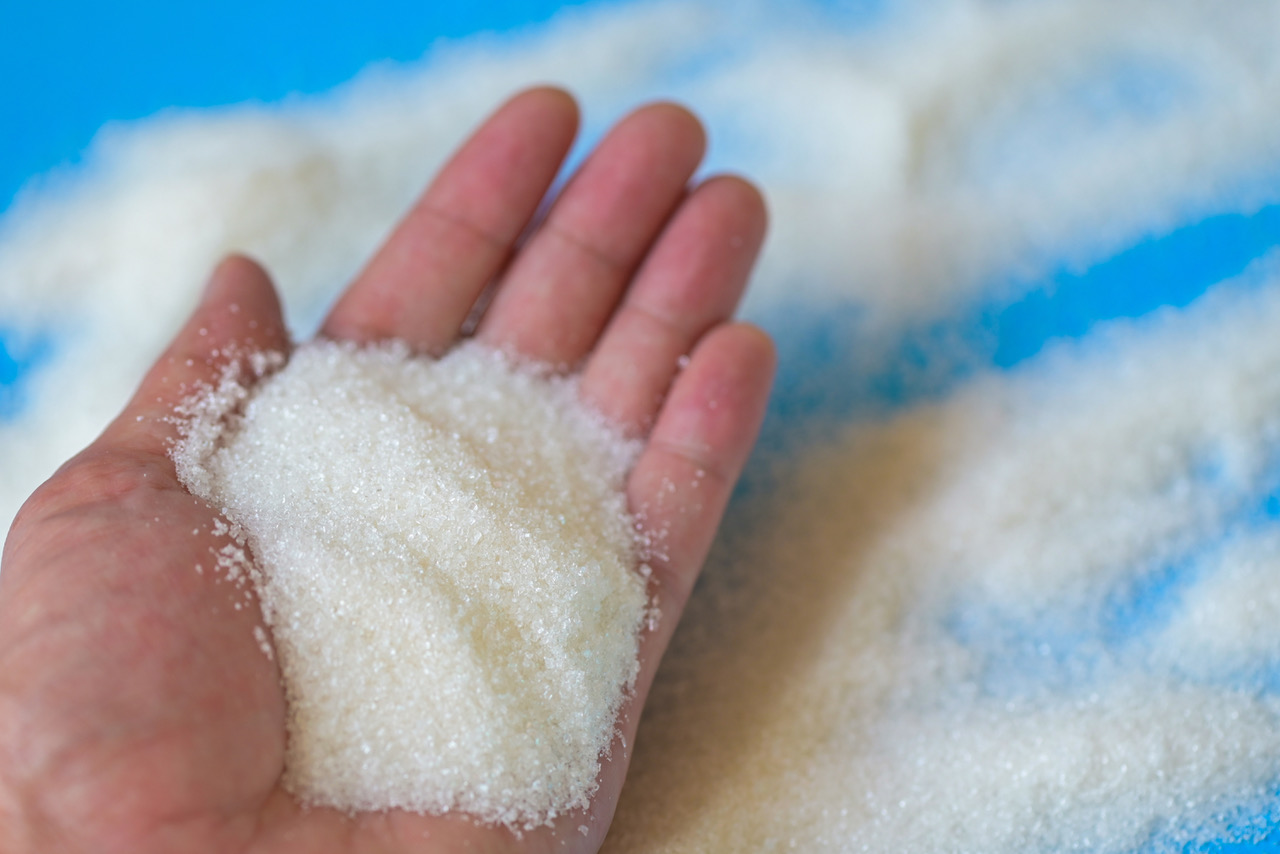
How Can I Tell if Sugar or Glycerin are Added to My Tequila?
Tequila, the beloved spirit of Mexico, is known for its purity and unique flavor profile. However, not all tequilas are created equal. Some unscrupulous producers may add substances like sugar, glycerin, or other additives to enhance the taste or mask imperfections in their products. This can compromise the authenticity and quality of the tequila you’re sipping. In this blog post, we’ll delve into the world of tequila additives, explore why they might be used, how to spot them, and how to ensure you’re enjoying a pure, unadulterated tequila experience.
Understanding Tequila Additives
Before we dive into detecting additives, it’s essential to understand what these additives are and why some producers might use them.
Sugar: Sugar is commonly used to sweeten tequila, especially in mixtos, which are tequilas containing at least 51% agave sugars with the remainder being other sugars. The added sugar can mask the harshness of the alcohol and provide a smoother taste. However, this practice is frowned upon by tequila purists who prefer the natural sweetness of agave.
Glycerin: Glycerin is a colorless, odorless liquid often used to enhance the mouthfeel and texture of tequila. It can make the tequila seem thicker and smoother. While glycerin is not inherently harmful, its use is controversial because it can create a perception of higher quality without improving the tequila’s actual flavor or quality.
Other Additives: Some producers may use a range of other additives, such as caramel coloring, oak extracts, or artificial flavorings, to manipulate the appearance and taste of their tequila.
The Regulation of Tequila Additives
To maintain the integrity of tequila, regulatory bodies like the Tequila Regulatory Council (CRT) in Mexico set strict standards for tequila production. For instance, additives are allowed, but they must not exceed 1% of the total volume of the tequila. However, this 1% limit doesn’t mean all tequilas contain additives, and it’s crucial to differentiate between those that do and those that don’t.
Detecting Additives in Your Tequila
Now that you know what to look out for, let’s explore how to tell if sugar, glycerin, or other additives have found their way into your tequila experience.
- Read the Label: Start by examining the label on the bottle. Look for words like “100% Agave” or “100% Blue Weber Agave.” These labels indicate that the tequila is made entirely from agave sugars, with no other additives or sugars allowed. If you don’t see these words, it’s a sign that the tequila may be a mixto.
- Check the Bottle’s Information: Tequila regulations require that producers list all additives on the label. Look for any mention of added sugar, glycerin, or other additives. If these ingredients are present, it’s a clear sign that the tequila contains additives.
- Inspect the Tequila’s Appearance: Pour a small amount of tequila into a glass and observe its color. While some natural color variation is expected due to aging in oak barrels, overly dark or unnatural colors might indicate the use of caramel coloring.
- Examine the Tequila’s Texture: Swirl the tequila in your glass and pay attention to its viscosity. If it seems unnaturally thick or syrupy, it could be a sign of glycerin or other additives.
- Taste Test: Of course, the most straightforward way to detect additives is through your palate. If the tequila tastes excessively sweet or has an artificial flavor, it may contain sugar, flavorings, or other additives.
- Sticky Test: One simple but unconventional method to detect additives is the “sticky test.” Pour a small amount of tequila onto your hands and rub them together. If the tequila experience feels unusually sticky, it might contain added sugars or glycerin.
Ensuring Authenticity and Quality
To ensure you’re enjoying a genuine and high-quality tequila experience, follow these tips:
- Choose 100% Agave Tequila: Opt for tequilas labeled as “100% Agave” or “100% Blue Weber Agave” to guarantee purity and authenticity. Check out AgaveLuz Organic Tequila made from 100% Agave and made traditionally.
- Research Producers: Do some research on the producer and their reputation. Reputable brands such as AgaveLuz are less likely to use additives.
- Read Reviews: Online reviews and ratings can offer valuable insights into a tequila’s quality and authenticity.
- Visit Tequila Distilleries: If you have the opportunity, visit tequila distilleries in Mexico. This hands-on experience can help you develop a deeper understanding of tequila production.
Detecting additives in tequila may require a bit of investigation, but it’s worth the effort to enjoy a pure and authentic tequila experience. By understanding what additives are used, how they can be detected, and following our tips for ensuring authenticity, you can savor the true essence of this remarkable Mexican spirit without any hidden surprises. So raise your glass, and here’s to enjoying tequila the way it was meant to be – unadulterated and full of flavor!
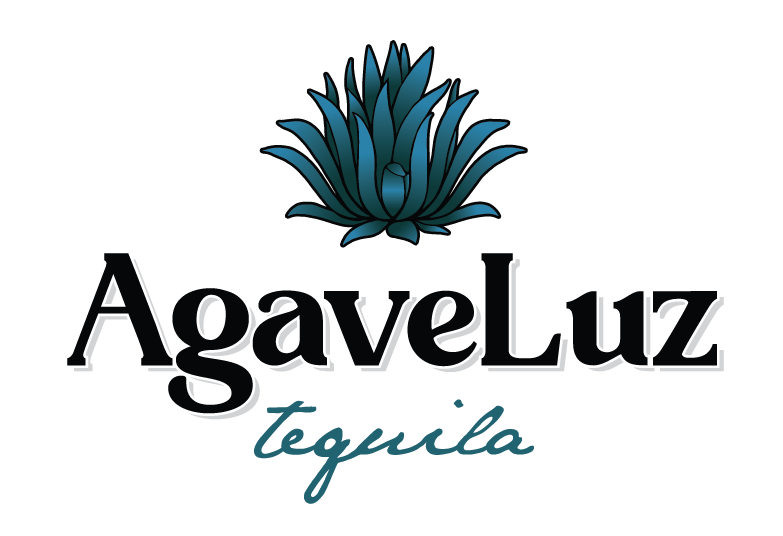
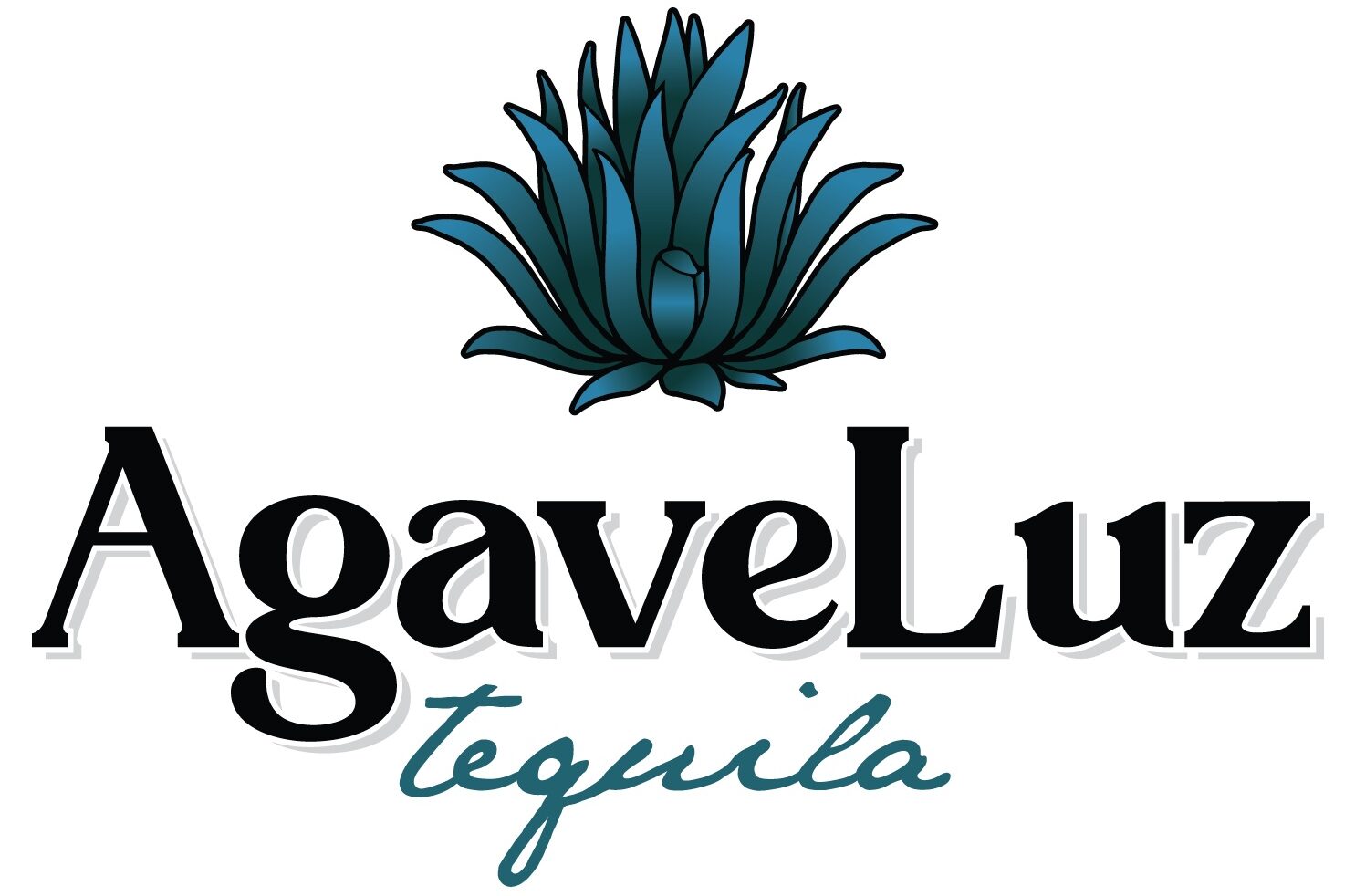
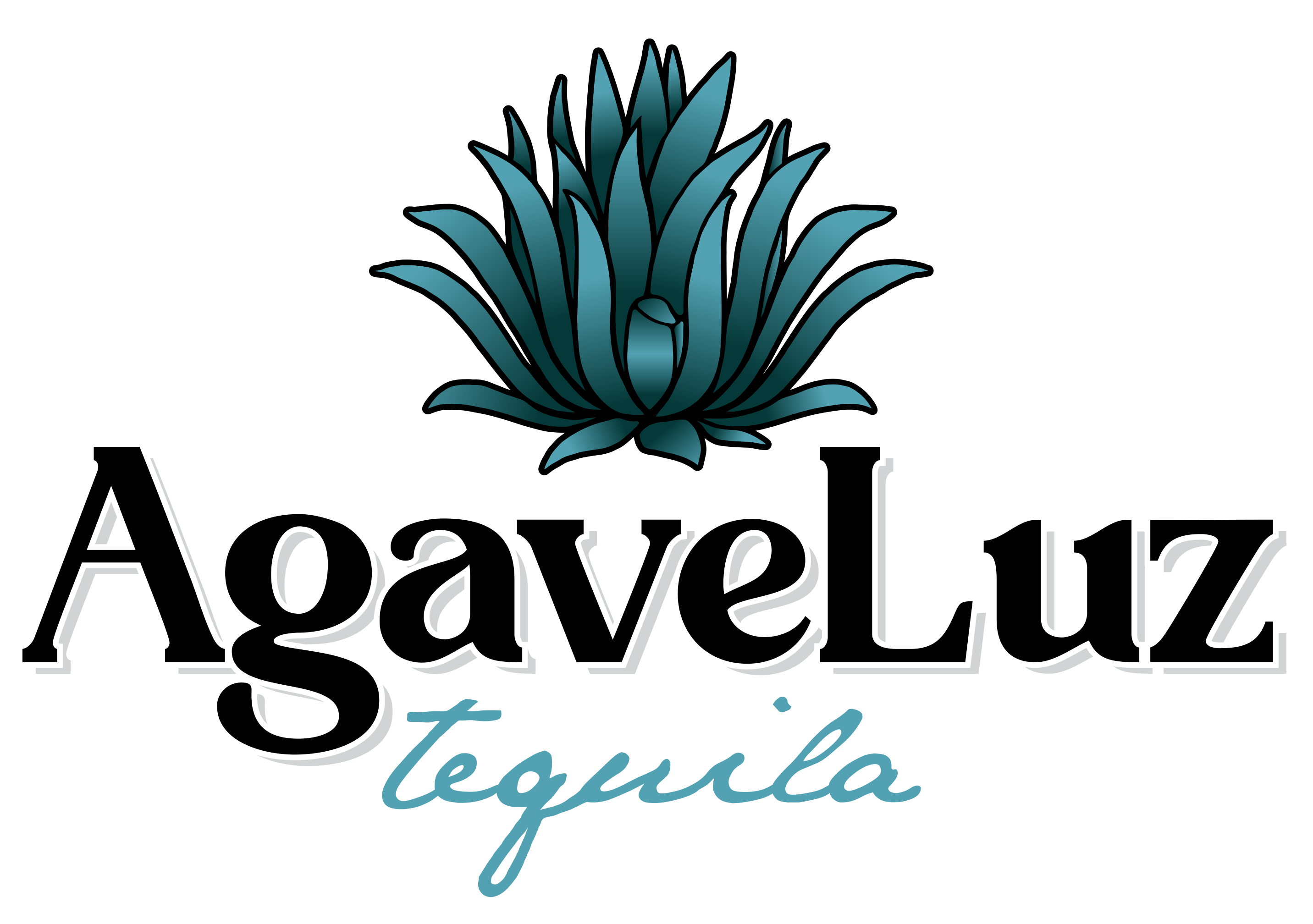

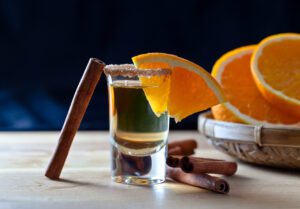
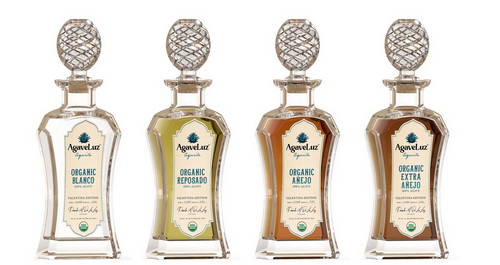
















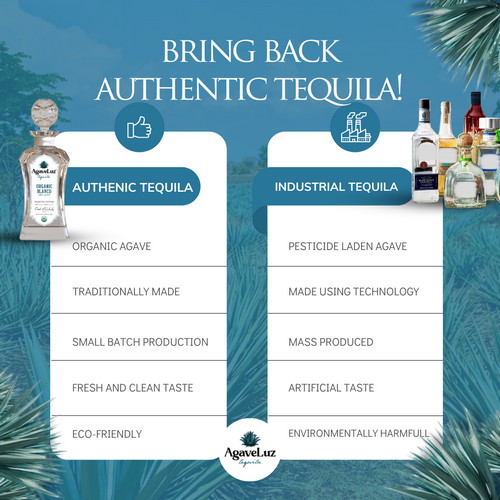

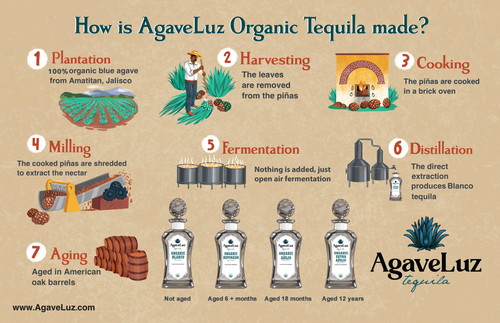

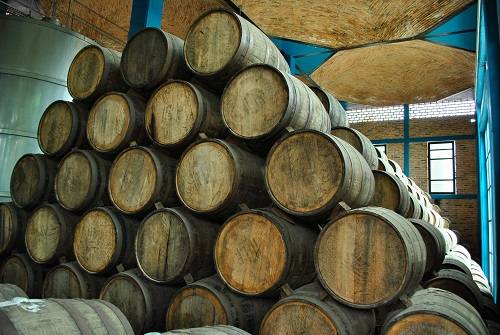

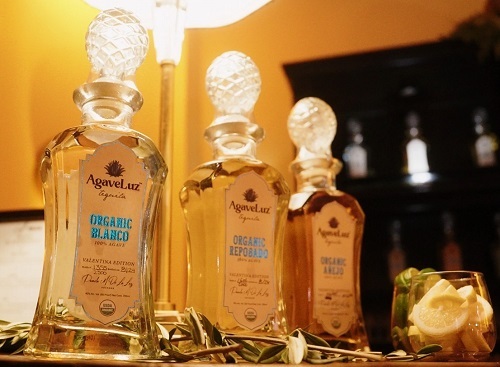

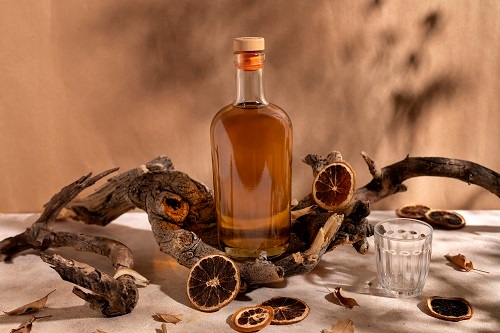
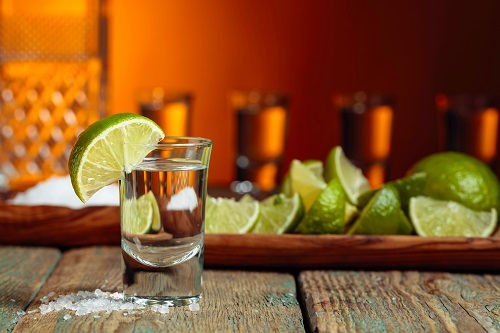
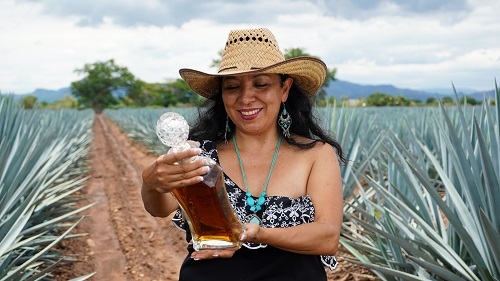
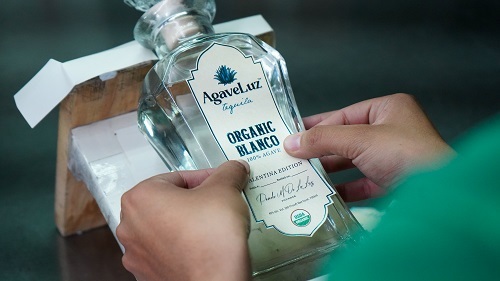






Post a Comment